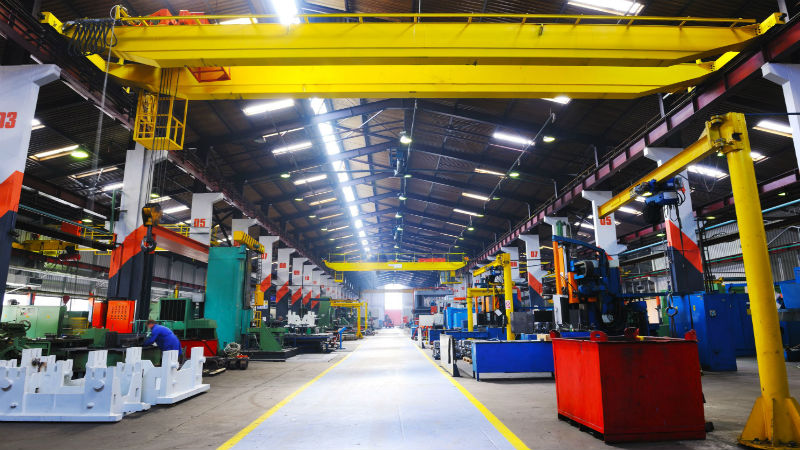Rigging provides the means through which companies move, hoist, lift, lower, and secure loads of various sizes, shapes and weights. In many instances, the work involves using a crane or other comparable device. The industries rigging provides these services vary widely. When hiring a company/individual to perform rigging services , be sure to avoid common mistakes that could result in an onsite disaster occurring.
Common Mistakes
Where rigging is involved, the potential for errors is great unless care is taken. When arranging for rigging services, always make certain to avoid the potential for mistakes by avoiding
- The Inadequately Trained: Individuals involved in using rigging must have received the right kind of training. It must be thorough in its embracing of different types of rigging, going beyond the basics to a complete comprehension of such things as angles, materials, logistics and exterior factors.
- Improper Equipment Selection: Professionals know this job also involves using the right sling and rigging. Choosing the wrong type can result in serious issues.
- Lack of Attention: When working with rigging, it is imperative to pay attention to the sling and related equipment, e.g. crane. This refers to both operating and maintaining it.
- Ignoring Load Limits: Slings and cranes have set load limits. Ignoring them increases the risk of an accident occurring. The sling and/or crane may break, causing physical harm to others.
By avoiding these common errors, your company can reduce the potential risk for serious incidents and even death, occurring on a project where rigging is involved.
Rigging Services
Whenever people work with equipment, there is a potential for things to go wrong. When employing rigging services, the risk is avoidable provided companies take appropriate measures. If the individual operating the crane and using the rigging is thoroughly trained; if attention is paid to choosing the right equipment and properly maintaining it; and if load restrictions are heeded, the risk for potential accidents and incidents is reduced.


